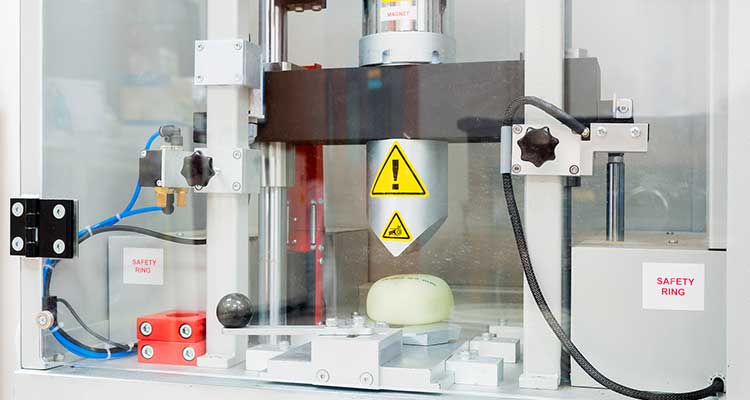Reinforced Polyethylene liners are used for a wide variety of industries. In fact, our PPL 24 was the world's first heavyweight reinforced polyethylene liner. With hundreds of millions of feet installed all over the world, this versatile material has become an industry favorite for recreational, agricultural, and industrial projects. Whether you need to line a pond, contain waste, or cover reservoirs, RPE liners have become an industry standard. So how do you decide which RPE products are best suited to your applications? It can be difficult to understand how each product differs and whether or not you require certain features and benefits. That’s why we decided to put together a guide comparing RPE liners with one another. Our hope is that you can read through this article and instantly decide which product is the best fit for your needs.
A Usage Comparison of Reinforced PPL Liners
AquaArmor Pond Liner
The most versatile liner on the market today, AquaArmor maximizes protection from harmful UV rays, tear resistance and punctures that cause leaks. Simply the best liner on the market.Newest Articles:
Subscribe to Updates
Article Topics
Agriculture
Covers
Tarps
Aquaponics
Energy
Liners
Hydroponics
Greenhouse Light Deprivation
Water Gardens
Farm Ponds
Greenhouses
Greenhouse Gardening
Greenhouse Cover
Fish Pond
Pond
Fish
Golf Course Pond
Golf Course Water Feature
Natural Pond
Landfill Cover
Irrigation
Irrigation Pond
Irrigation Canal
Hydraulic Fracturing
Oil Containment
Secondary Containment
Fracking
Oil Liner
Fuel Liner
Frac Pit
Fire Protection Pond
Fire Suppression Pond
Fire Pond
Geomembrane
Canal Liner
Brine Pond
Koi Pond
Algae Pond
Nursery Pond
Retention Pond
Man-Made Lake
Lakes
Geothermal Greenhouse
Commercial Greenhouse
Preformed Pond Liner
Groundwater Storage Lagoon
Mining Pond
Mining Lagoon
Evaporation Pond
Salt Pond
Pond Liner Materials
Catch Basin
Stormwater Management
Barren Pond
Processing Pond
Natural Swimming Pond
Drainage Systems
Ditch Lining
Aquaculture
Sewage Lagoon
Mining Geomembranes
Floating Cover
Wastewater Containment
Geosynthetics
Cistern Lining
Erosion Control
Fertilizer Containment
Winery Water
Silage Cover
Winery Irrigation Pond
Baseball Field Cover
Tailings Pond
Produced Water Liner
Produced Water Winery
Construction Pond
Winter Ponds
Fish Hatchery
Algae Raceways
Coal Ash Containment
Fishing Lakes
Oilfield Pits
Aquatic Habitats
Lake Restoration
Landfill Cell Liners and Cap Covers
Leachate Pond
Rain Cover
Heap Leach Pads
Residential Ponds
Gas Collection
California Drought
California Pond Liner
Overburden Containment
Pond Liner
Fish Stocking Pond
Mine Reclamation
Wastewater Cover
Drought
Irrigation Reservoir
Sludge Management
Cable Parks
Baffle Systems
Alternative Daily Covers
Reservoir Pond
Aeroponics
Food Shortages
Homesteading
Prepping
Toxic Waste
Potable Water Storage
Green Roof
Clearwells
Stormwater Harvesting
Snow Making Ponds
Pond Plants
Hunting Ponds
Oregon Pond Liner
Lavender
Site Runoff Containment
EPDM Liners
Duck Hunting Pond
Deer Hunting Pond
Decorative Ponds
Methane Capture
Large Pond
Sports Field Liner
California Fire Pond
Helicopter Dip Pond
Oregon Fire Pond
Pond Skimming
Geotextile Fabric
Silt Fences
Backyard Greenhouses
DIY Greenhouse
RPE Liners
Desalination



